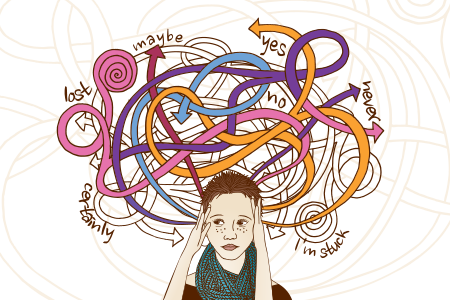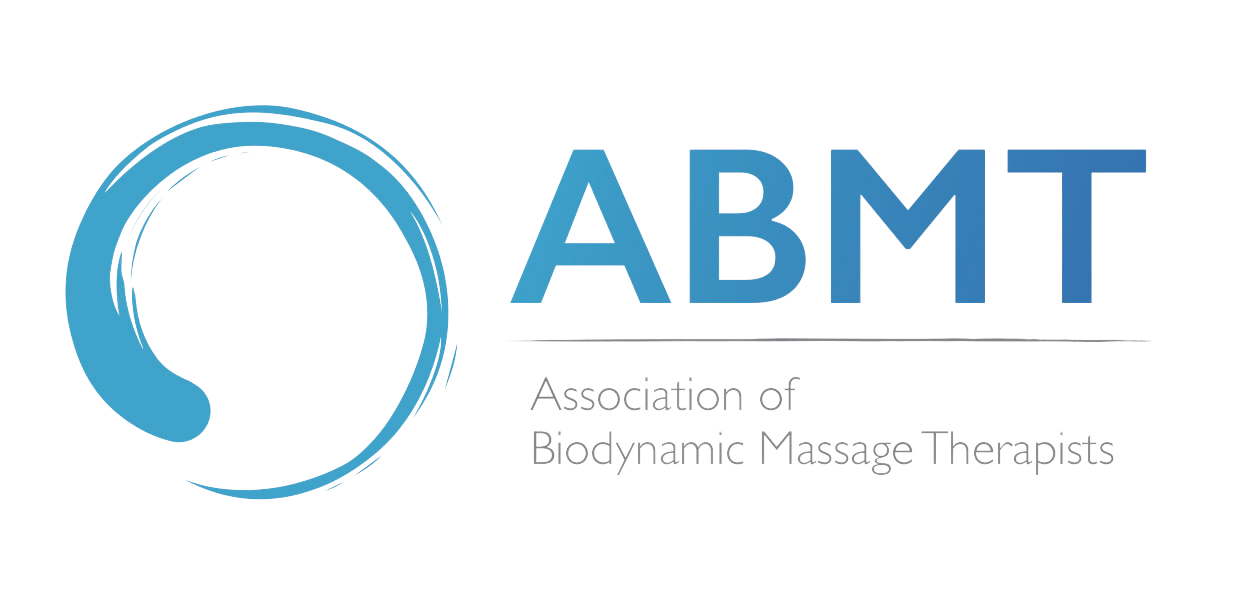When Biodynamic massage becomes Body Psychotherapy?
ExpiredBiodynamic massage is the intentional and attentional use of touch that enables a very immediate and evocative quickening of parts of the self that have been numbed, buried, deadened (Carrol, 2012).
As a biodynamic massage client, I was able to come in contact with parts of myself that I was not aware they existed. Sensations that I have never consciously felt but they were under the skin surface. My most vivid experience as a client was when I received what we call in biodynamic massage the ‘’packing’’ technique. The therapist holds gently for a while with both of their hands a part of your body, with the intention you become aware of what this part holds for you. My body reacted strongly to this kind of touch by feeling pain in different parts of my back. I experienced a burning sensation, restricted breathing, nausea, I felt cold. Emotionally I felt sad and scared, as if someone were about to harm me.
Despite the experience itself was initially frightening and did not make any sense, I was able to slowly unweave the thread and consciously understand my body’s reaction to ‘’packing’’. For each emotional trauma and conflict which is held in the emotional canal, there is also a pattern in the respiration, the muscles, the nervous system that seeks expression through the motoric muscles (Boyesen, 2000). My experience at the massage table enabled what had been unspoken for years to be felt and to find a way to be expressed through my body.
This process of body memory awakening is often needed for the client before they enter the psychotherapy phase. The main theory in biodynamic massage is that energy moves through energetic cycles. But, often in one’s lifetime an interruption of the cycle occurs, and it does not reach completion. When the cycles are disrupted, discomfort and illness might happen. The therapist’s work is to encourage the completion of the uncompleted cycles. Through touch the therapist is in an open dialogue with the client. The therapist and the client communicate non-verbally at a relational level that is far from words (Westland, 1993).
It is then best for some clients to start their therapeutic relationship with biodynamic massage. Some clients may have little physical sense of themselves. They might feel empty inside and take no pleasure in their body. For these clients, it is best to start more gently, by allowing the process of change to begin through biodynamic massage.
Biodynamic massage may be used to bring awareness of unconscious material and help the client contain intense feelings, which have been buried for years deep below the surface, in the musculature, in the nervous system, in the gut. The case histories have illustrated how bodywork and verbal processing can meet in therapy. The interpretations help to integrate a process initiated by the use of touch, and vice versa.
The next step
Moreover, there are signs in the biodynamic massage process that indicate the need to gradually move to a different kind of relating. One of the signs is the increase of verbal expression during the massage, or the awareness of what is underneath, and the need to express that verbally. The client has a higher need to express themselves verbally and talk about their experience. The exploration is no longer held in tissue, muscle, or visceral level. Whatever is been held now tries to find an outlet and to be expressed. Thought and language are not mental qualities that are split from the body, but are qualities of the body itself.
An example from my experience during my training in body psychotherapy was when I received biodynamic massage from a peer and specifically the diaphragm holding technique. Through that kind of touch, some muscle memory was evoked and that led to strong expression by crying and vivid images coming into my mind. In that stage, I was aware of the uncompleted movement, the lack of physical holding as a child and the yearning for it. I knew exactly why I had those sensations and emotions. This is when biodynamic massage can move to body psychotherapy. The body is awakened and follows a canal of expression that now needs verbal communication by facing another human being, the therapist.
The biodynamic massage client goes through a phase where massage gradually arouses feelings. The first feeling is usually fullness, as I experienced myself the first times I received biodynamic massage. As the therapist works with the areas that feel swollen, and that indicates a change in the tissue level, the client gradually moves to trembling, vibrating or uncontrollable grief or panic. The words come from feelings and allow more feelings to come up, more memories, and more words. Verbal communication gives great insight, but the discharge of feelings at an autonomic level is necessary for cloudless thinking. First discharge the pain, and then talk logically, (Liss, 1974).
The movement from the massage table to the chairs is a significant one. The movement itself and the internal movement from a more passive experience to a more active one denotes the change in the therapeutic relationship and the relationship of the client with themselves. Now, there is a conscious moving from lying to sitting, from sitting to standing and from standing to sitting in a chair facing the therapist. The level of engagement is significantly higher. The therapist is there to guide and support with touch and presence. The therapist is reaching out to the client. At this stage when the client reaches out to the therapist, and that can happen by more vigorous verbal engagement, with movements that seek connection or are more active, the eyes look for engagement, then the client is ready to connect in direct, face to face communication. The relationship with the therapist becomes foreground, and the need to connect with another cannot be overlooked.
I find it fascinating how biodynamic massage supports the work of body psychotherapy. The difference between biodynamic massage as a treatment itself and body psychotherapy, which includes biodynamic massage as an intervention, is not the quality or intensity of the experience. It is the boundaries and the contract to work psychotherapeutically. For psychotherapy clients, massage is a part of the process. This means that the issues implicated in using massage, the conscious and unconscious images that arise, the impact of shifts between the chair, the mattress and massage table, the client remaining with their clothes on or not, are a vital part of the material of the therapy. Biodynamic massage is not a psychotherapeutic technique in itself, but becomes one when used in a context that focuses on the complex issues aroused by working within the transference created between therapist and client.
Biodynamic massage offers a fertile ground for some clients to begin their explorations through this intentional touch. Greater body awareness can stem from the therapeutic touch that creates the base for the client-therapist relationship to unfold later on using body psychotherapy techniques. Nevertheless, massage can be introduced later on in body psychotherapy sessions. The body psychotherapist knows how to acknowledge the indications that highlight the need to move from biodynamic massage to body psychotherapy practices, and vice versa.
Athina Chanioti, November 2023
References:
Carroll R. (2012). Biodynamic massage in psychotherapy: re-integrating, re-owning and re-associating through the body. In T. Staunton (Eds.), Body Psychotherapy (pp. 78-100).
Routledge.
Boyesen, G. (2000). Biodynamic psychotherapy and the intestinal brain. International Journal of Biosynthesis, Energy and Character, Volume 30(2), 22-28.
Westland, G. (1993). Massage as a therapeutic tool, part 1. British Journal of Occupational Therapy. 56(4), 129-134.
Liss, G. (1974). Free to feel: Finding your way through the new therapies. United States of America: Praeger Publishers.








